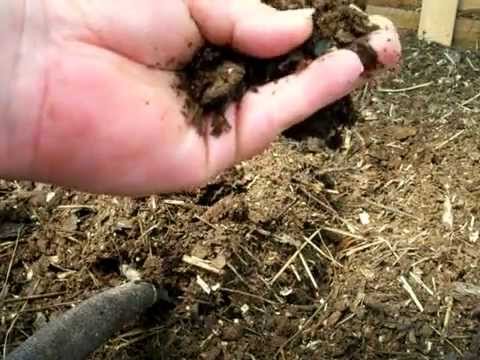Naliez
Songster
- May 7, 2015
- 822
- 155
- 138
Where is the moisture getting in? Is the ground wet in that area? If you're going to be moving it, will it be moved to a dryer place, or is the building it'self leaking? I strongly suggest that you DON'T use any salt. It will mix with the water, and then you'll have problems with salt leaching out into the surrounding ground. Chickens can not process much salt. It would be toxic to them. Are those windows covered with hardware cloth? I assume that you'll leave them open at least part way except for those very cold nights? I don't even think about closing my windows until the temp gets below 20 degrees. Then, I open them up during the day unless it's extremely cold.
Thanks for the reply!
The shed itself is on an extension of the concrete porch. The concrete has a slight dip where the water collects when it rains. It's coming in through the door of the shed. To move the shed, we'd need to break the actual concrete porch and we just can't afford that kind of project right now. As far as the salt goes, we were thinking of having it up off of the ground & water. There's not a LOT of water that collects and it's only when it rains pretty hard, so I think I'll try sandbags around the whole shed, a layer of sand inside, then pallets and last, a thick layer of pine straw. The actual pine straw would be a good 6+ inches above where the water could get, so it'd stay completely dry. It really doesn't get too cold around here. Like I said, there's only a couple days out of the year that it gets into the teens and these ladies are LF SS and Australorps. The windows are covered in hardware cloth and I've kept them open so far. There's also a ventilation chimney.


